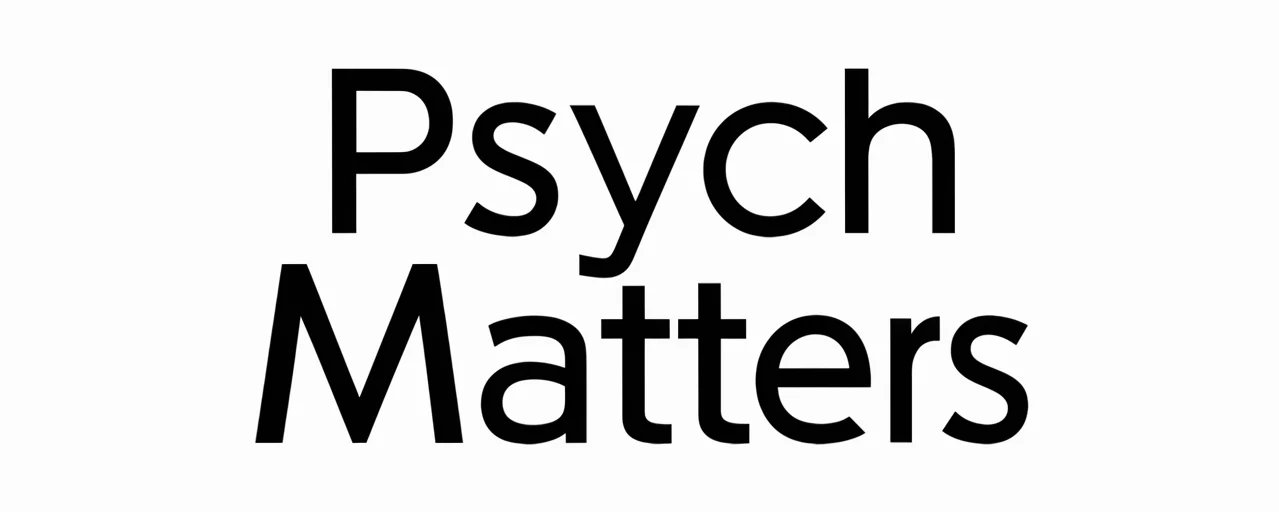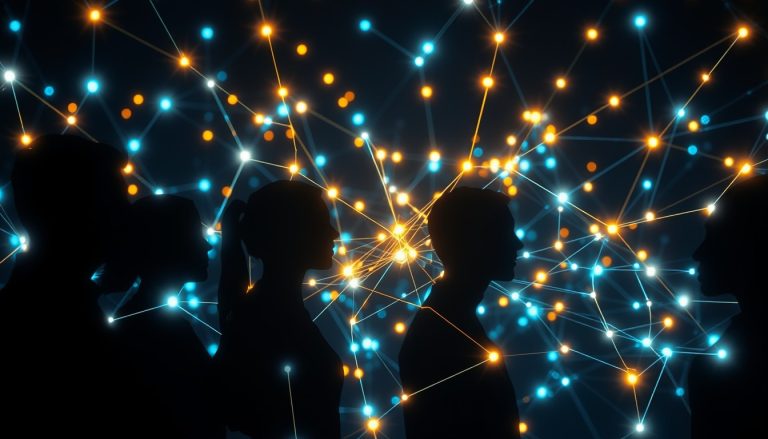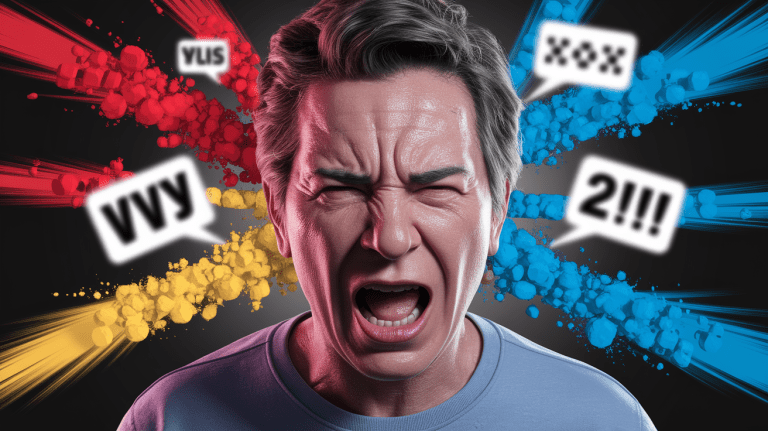Breaking the Chains: Learned Helplessness and Motivation
Spark of Hope – Introduction
Motivation is a key driver of human behavior, shaping how we respond to challenges, set goals, and create change in our lives. Yet for some, repeated exposure to uncontrollable setbacks can erode this inner drive. This psychological phenomenon, known as learned helplessness, underscores how our perceptions of control can profoundly influence our willingness to act. Understanding the connection between helplessness and motivation offers valuable insights into overcoming self-defeating patterns and fostering resilience.
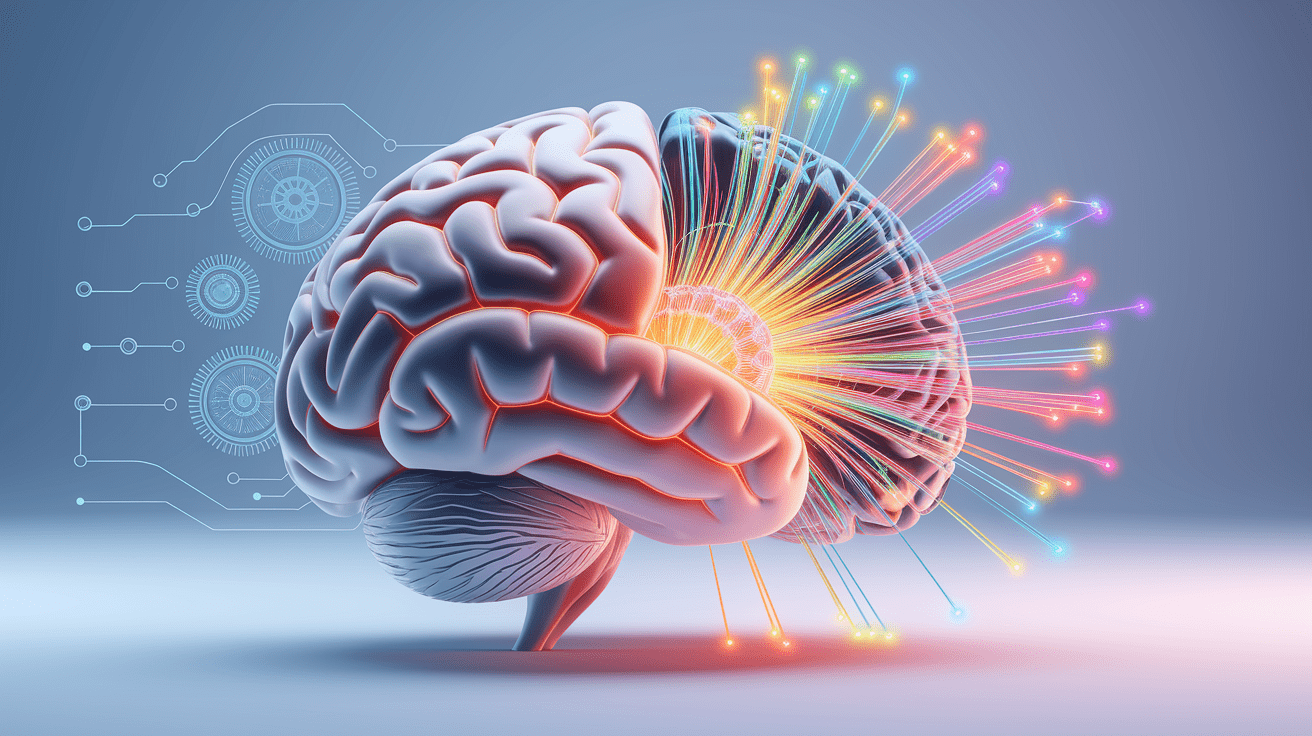
Understanding Learned Helplessness
Learned helplessness is a condition in which individuals stop attempting to change adverse situations because they believe their efforts will not make a difference. First identified in the 1960s by psychologists Martin Seligman and Steven F. Maier, it was demonstrated in experiments where dogs, after experiencing inescapable shocks, ceased trying to escape even when it became possible. This classic study in behavioral psychology revealed the profound impact of perceived uncontrollability on human and animal behavior.

As subsequent research has shown, learned helplessness can develop in everyday life when people face ongoing uncontrollable stressors—from chronic workplace challenges to difficult relationships—leading to passive coping mechanisms and reduced initiative. Over time, this entrenched passivity can affect multiple domains of functioning, including education, career progression, and mental well-being.
The Helplessness-Motivation Connection
The relationship between learned helplessness and motivation is cyclical and self-perpetuating. When individuals believe their actions will not influence outcomes, their intrinsic motivation diminishes. This often manifests as:

- Reduced effort in pursuing goals
- Decision-making difficulties
- A tendency toward passivity and avoidance
- Loss of initiative even in controllable situations
According to psychological research, such motivational impairments can worsen negative emotional states, including depression. This aligns with self-determination theory, which emphasizes the role of perceived competence and autonomy in sustaining motivation. Without a sense of control, individuals are less likely to engage in goal-directed behaviors, further reinforcing helplessness.
Rewiring the Brain for Control
Initially, the theory of learned helplessness was grounded in behavioral observation, but advances in neuroscience have refined our understanding. Studies indicate that the brain’s default state may be to assume a lack of control, with a sense of agency being a learned capacity. Prolonged exposure to uncontrollable aversive situations can diminish neural pathways linked to self-efficacy, further entrenching helplessness.
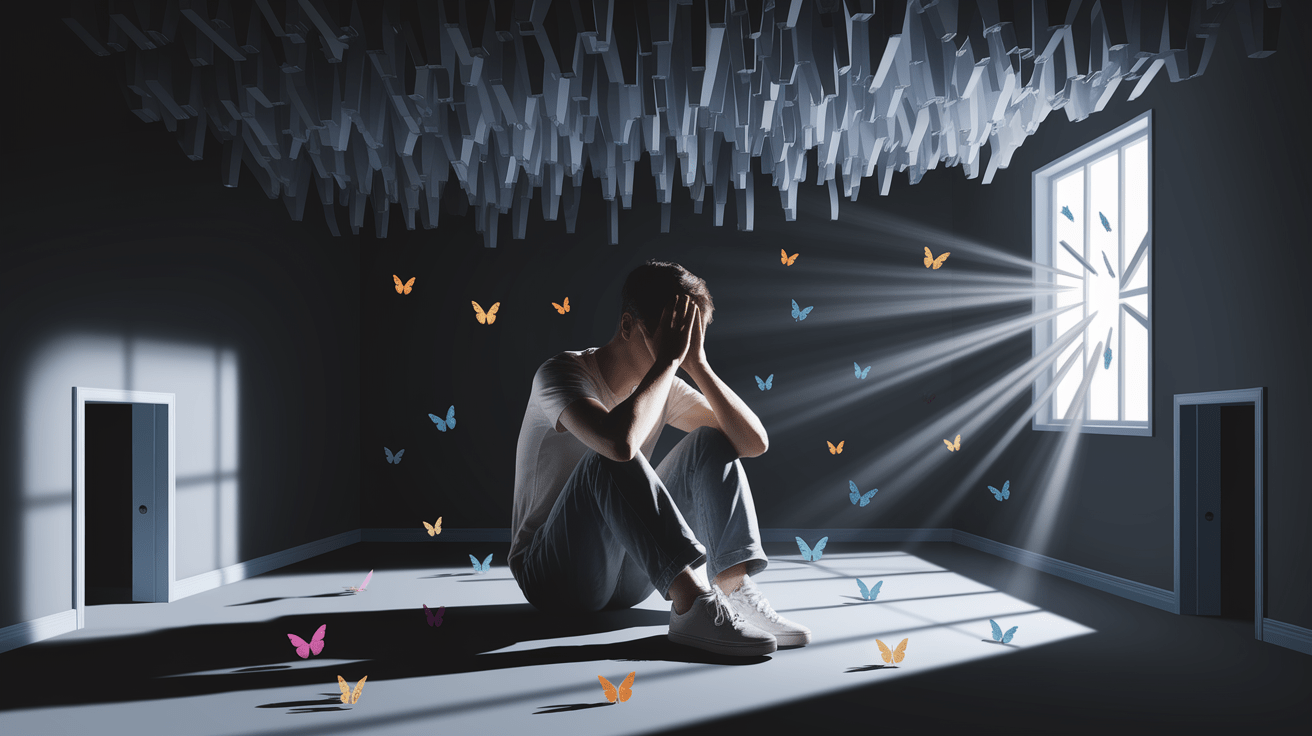
As described in the neuroscientific perspective, regaining control requires cognitive and neural recalibration—essentially re-teaching the brain to recognize and act upon opportunities for influence. This process is closely tied to mechanisms found in cognitive restructuring and adaptive behavior training within therapeutic settings.
Strategies to Restore Motivation
Breaking the cycle of learned helplessness involves both internal and external strategies that nurture empowerment and resilience:
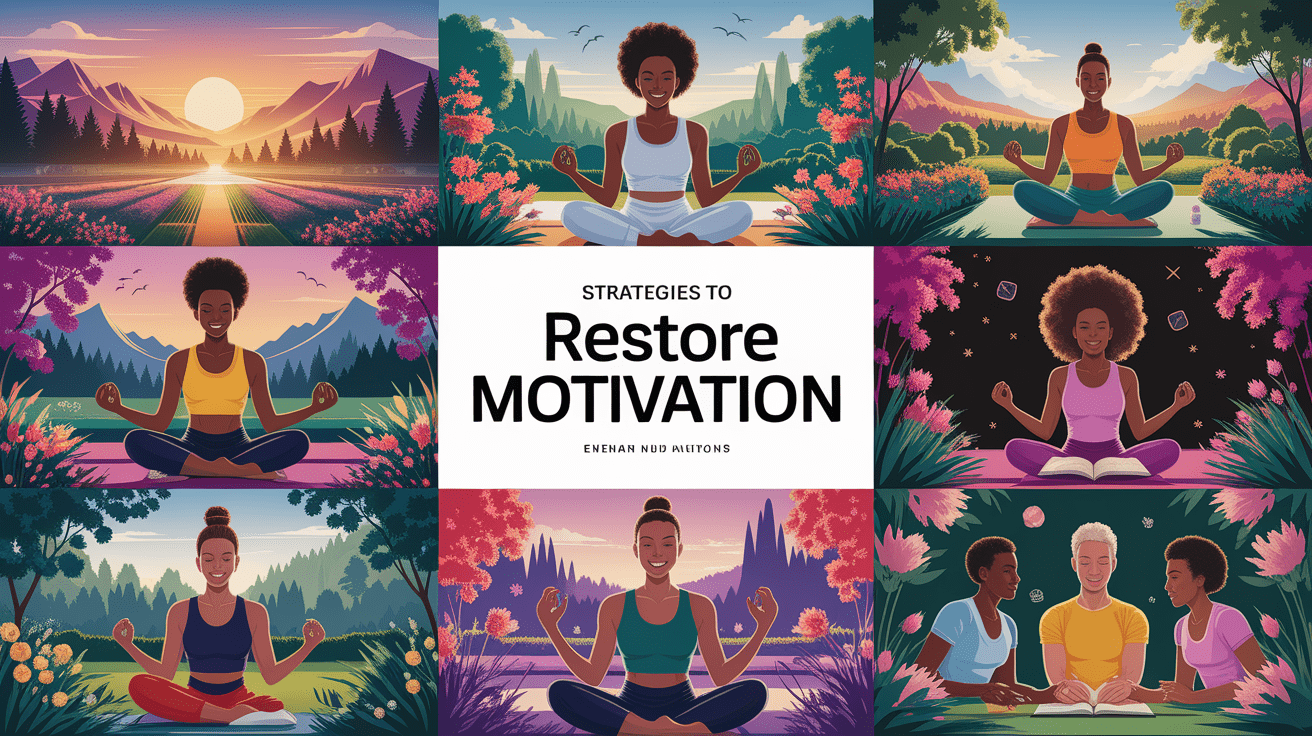
- Cognitive Behavioral Therapy (CBT): Utilizes cognitive restructuring to challenge and replace negative thought patterns with realistic, empowering beliefs.
- Learned Optimism: A positive psychology approach, pioneered by Seligman, encouraging individuals to reinterpret setbacks as temporary and controllable.
- Incremental Goal Setting: Achievable, short-term goals can build momentum and reinforce the perception of control.
- Engaging in Empowering Activities: Volunteer work, skill development, or physical exercise offers tangible experiences of competence.
- Social and Institutional Support: Structures that provide real opportunities for success can significantly disrupt helplessness patterns.
These methods, highlighted in resources such as Resilience Lab and Simply Psychology, emphasize the role of both mindset and environment in overcoming helplessness. Regular reinforcement of self-efficacy beliefs is essential to sustain psychological resilience and prevent relapse into maladaptive patterns.
Triumph Unleashed – Conclusion
Learned helplessness illustrates the profound ways in which perceived control—or the lack thereof—shapes human motivation. By understanding its psychological mechanisms and employing evidence-based strategies, individuals can break free from the cycle of passivity and reclaim agency over their actions. In doing so, they not only restore motivation but also strengthen the resilience needed to thrive in the face of future challenges.
